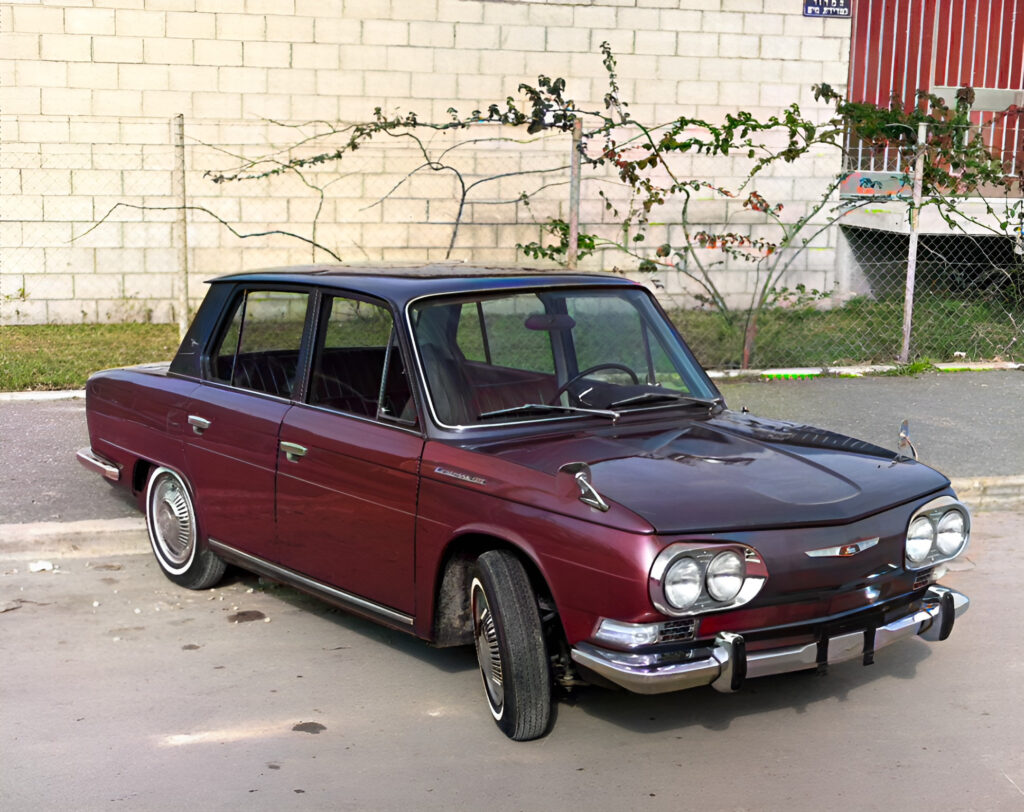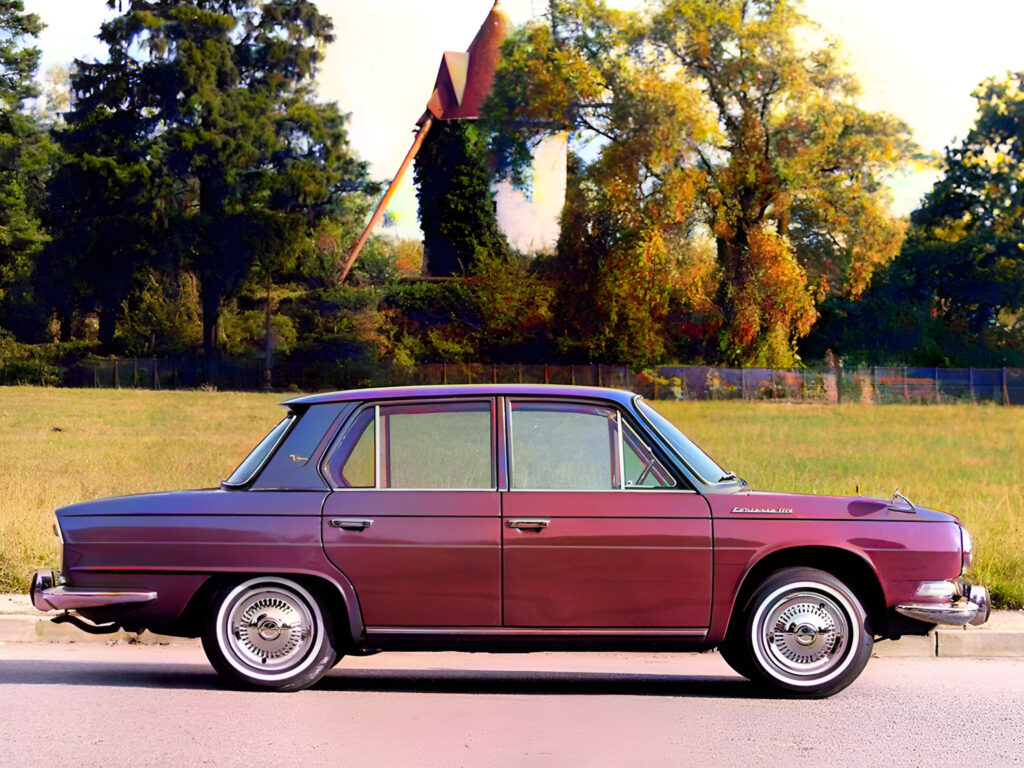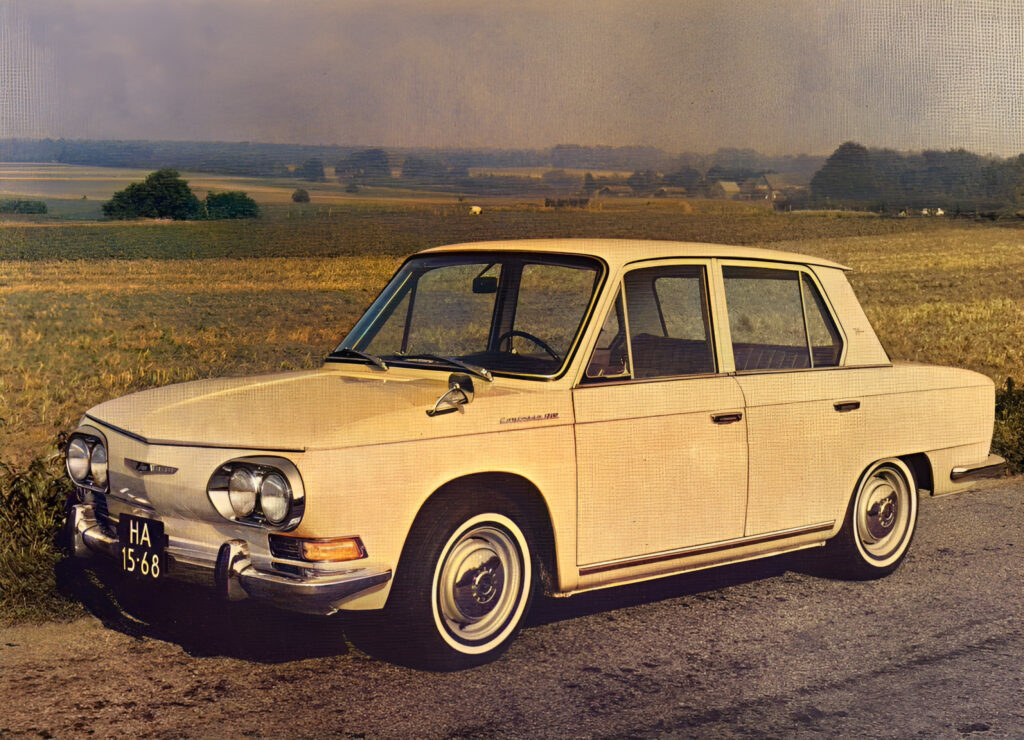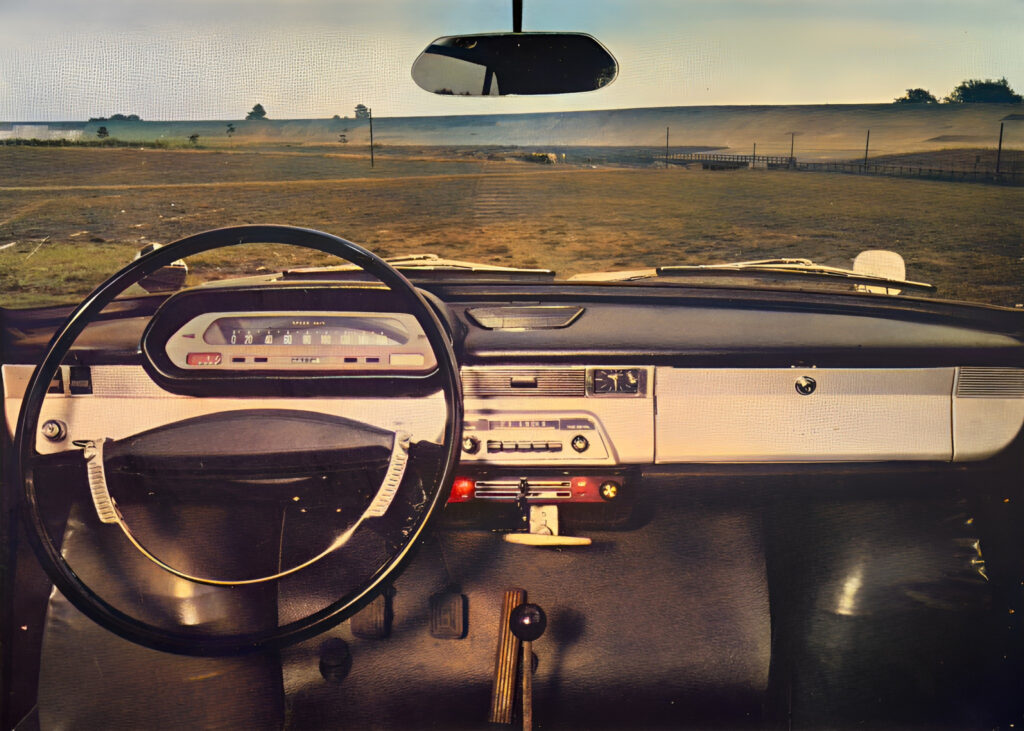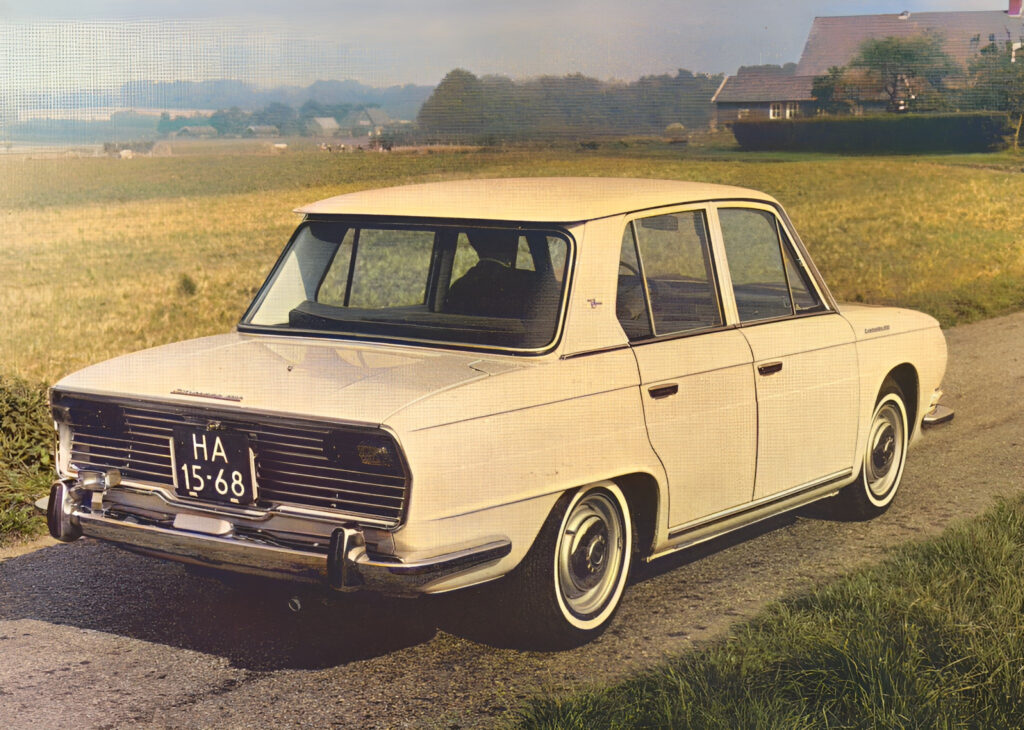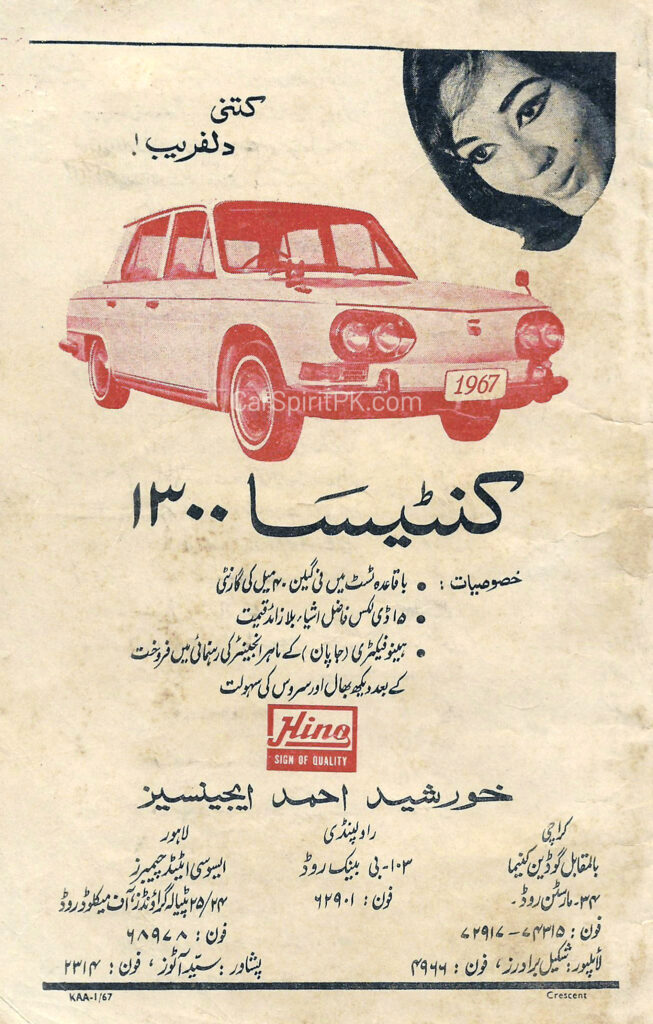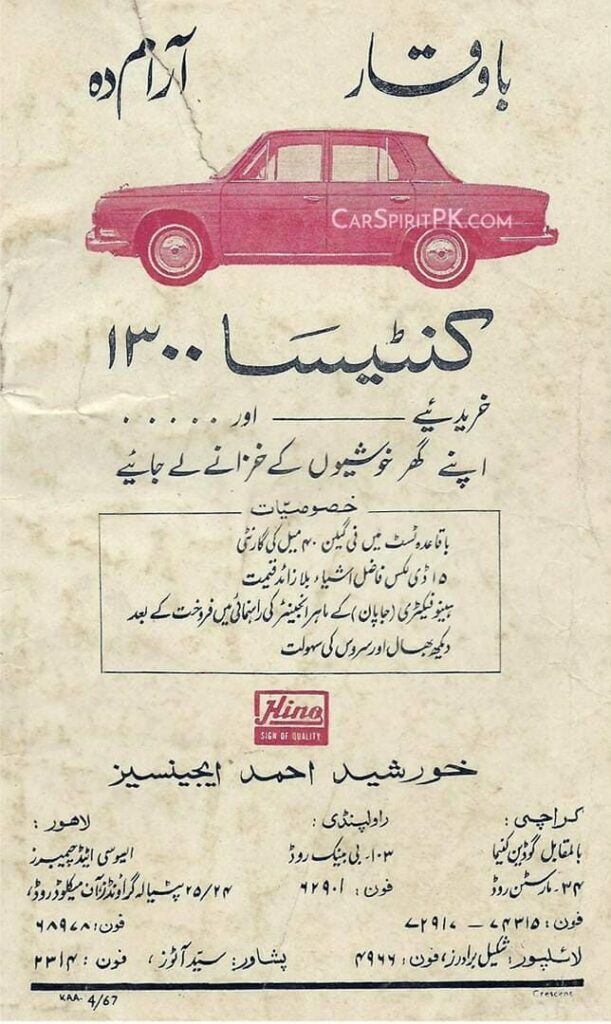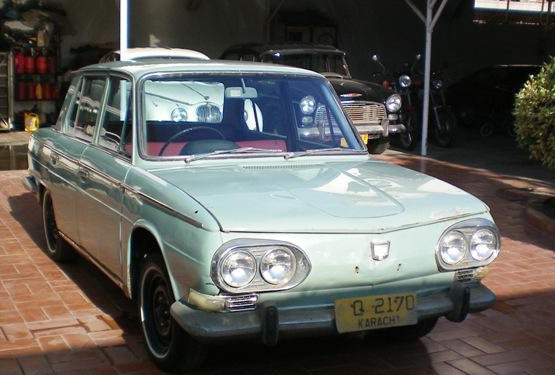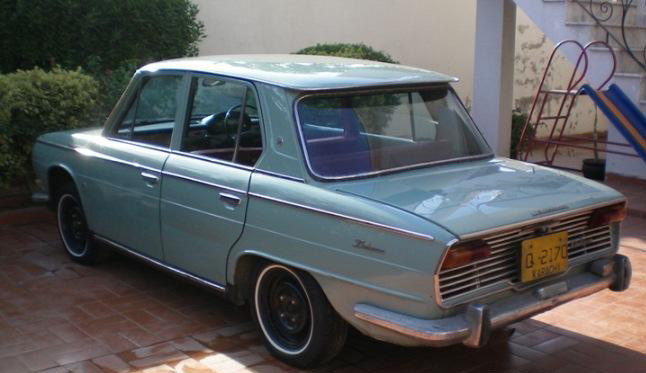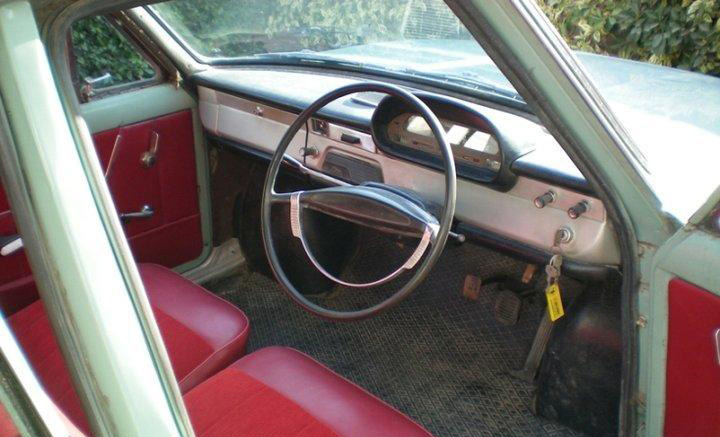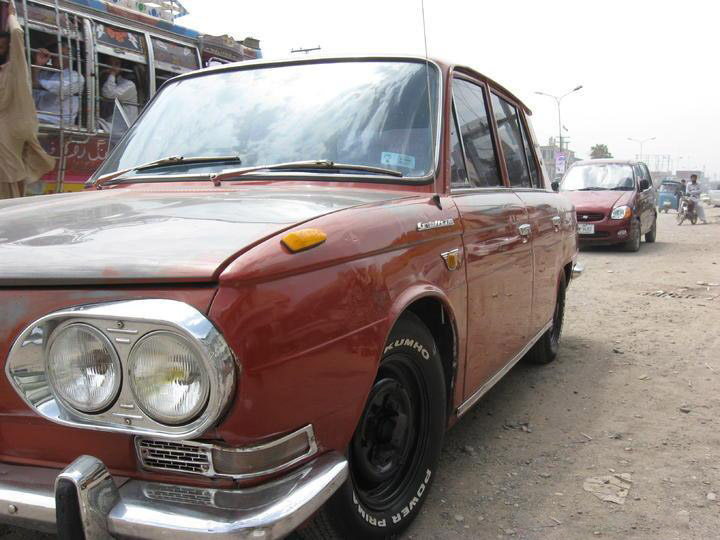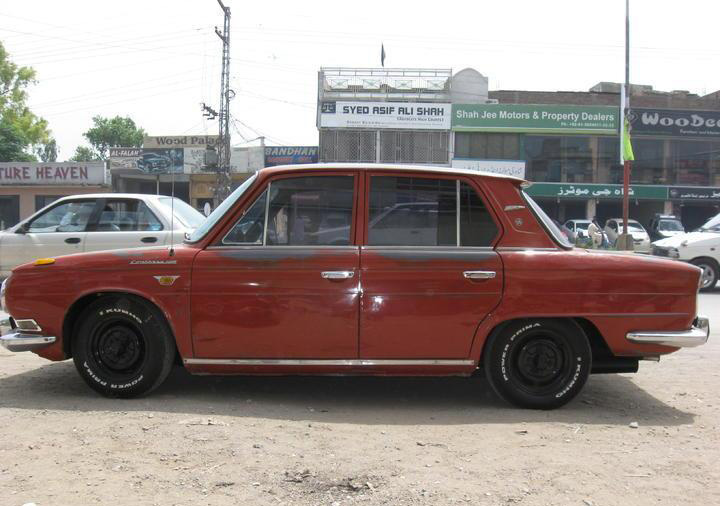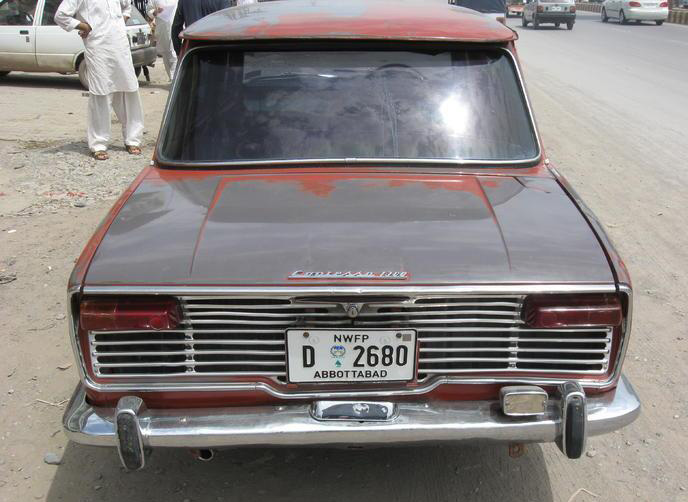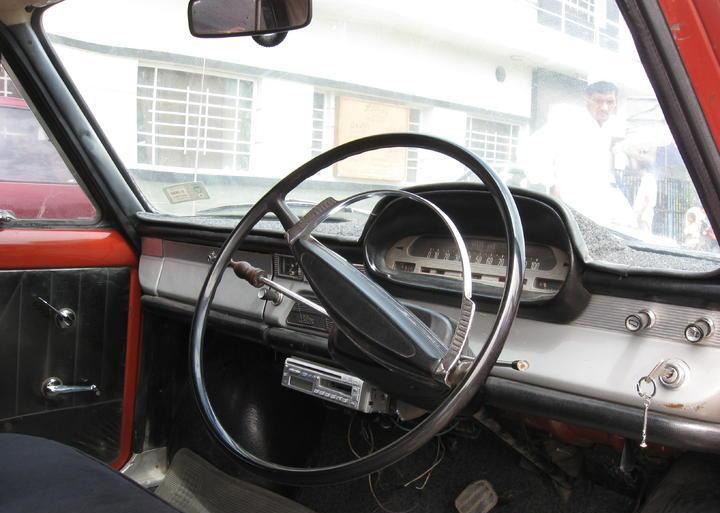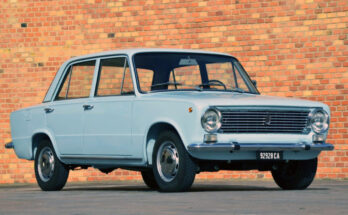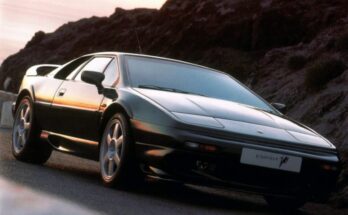The Hino Contessa, produced by Hino Motors from 1961 to 1967, marked the company’s ambitious venture into the passenger vehicle segment. The nameplate lasted for only two generations: the first generation (PC series) between 1961 and 64 and the second generation (PD series) from 1964 to 67.
Related: Remembering the Skoda 1000MB
The name Contessa is Italian for “countess,” referring to a woman of high social rank or the wife of a count or earl, symbolizing elegance and distinction. The Hino Contessa, derived from the powertrain of the 1947-1961 Renault 4CV under license, was available in both coupe and sedan variants. It featured a water-cooled, rear-mounted engine coupled with a rear-wheel-drive configuration, offering a distinctive layout compared to many of its contemporaries.
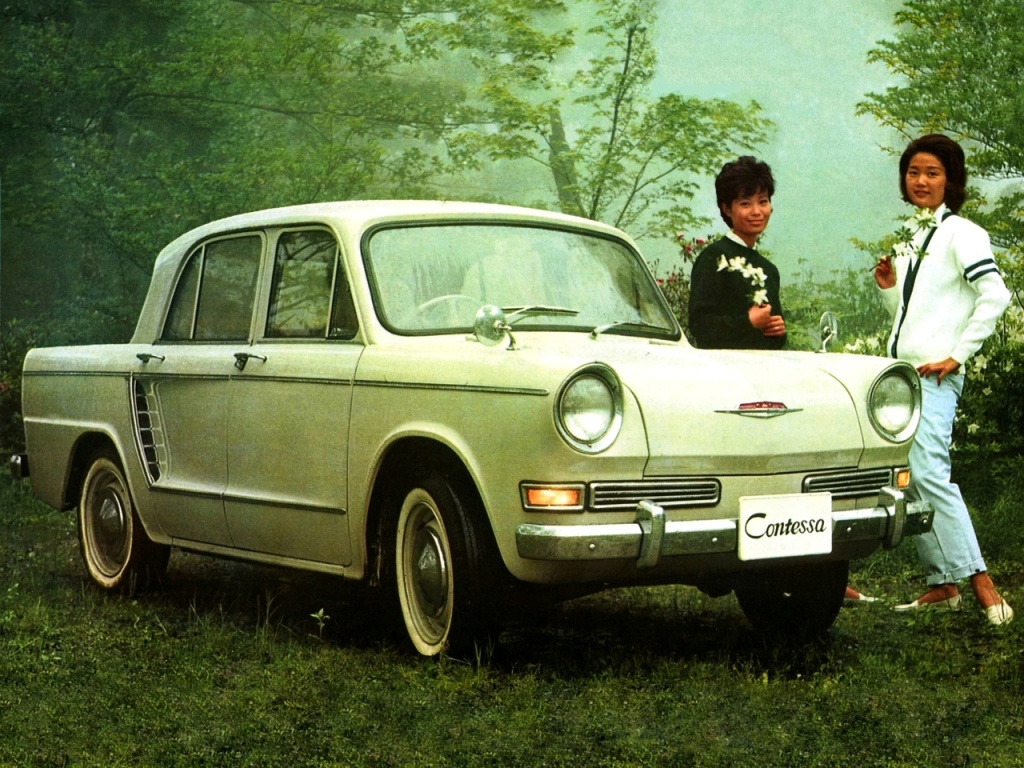
According to data, 47,299 units of the PC-series Hino Contessa 900 were produced between April 1961 and the second quarter of 1964. Powered by an 893 cc Renault-based GP engine, it delivered 35 PS (26 kW; 35 hp), achieving a top speed of 110 km/h (68 mph). Initially equipped with a three-speed column-mounted shifter, it later offered an optional four-speed manual transmission, featuring an innovative electromagnetic clutch system known as the Shinko-Hinomatic.
Related: Remembering Zastava Cars in Pakistan
The shortcomings of the first-gen PC series were rectified in the second-generation PD series model that debuted in September 1964, with exterior design by Giovanni Michelotti. The PD-series Contessa 1300 was significantly longer and heavier than its predecessor, featuring a 1,251 cc four-cylinder engine with 55 PS (40 kW; 54 hp) and a top speed of 130 km/h (81 mph). A sporty coupé version was introduced in April 1965, benefiting from an upgraded engine producing 65 PS (48 kW; 64 hp). The sporty variant was marketed as the “1300S” and also offered an LPG-powered version with 52 PS (38 kW) at 5000 rpm in Standard or Deluxe trims.
The second-generation PD series Contessa 1300
The Hino Contessa 1300 PD series featured a classic sedan layout with a sleek, sculpted body, imparting an unmistakable vintage charm. The design was both functional and stylish, balancing the needs of the family car market with a flair for aesthetics. The fascia lacked a grille, as it was a rear-engine, water-cooled vehicle. Since the engine was positioned at the rear, there was no need for a front grille to cool the radiator, which is typical in front-engine vehicles. The Contessa’s distinctive design, with its round quad headlights and sleek bodywork, set it apart from other vehicles of its time while making it a popular choice among urban drivers.
Related: Exploring the Timeless Charm of the Ford Cortina Mark I
The interior of the Contessa 1300 featured a functional, driver-focused layout with a simplistic design typical of cars from the era. The cabin was relatively compact but offered sufficient comfort, with basic controls and trim materials. The coupé version, in particular, had a more refined finish, while the sedan focused on practicality. The seats were upholstered in fabric, and the dashboard layout was straightforward, with a central speedometer and simple switchgear.
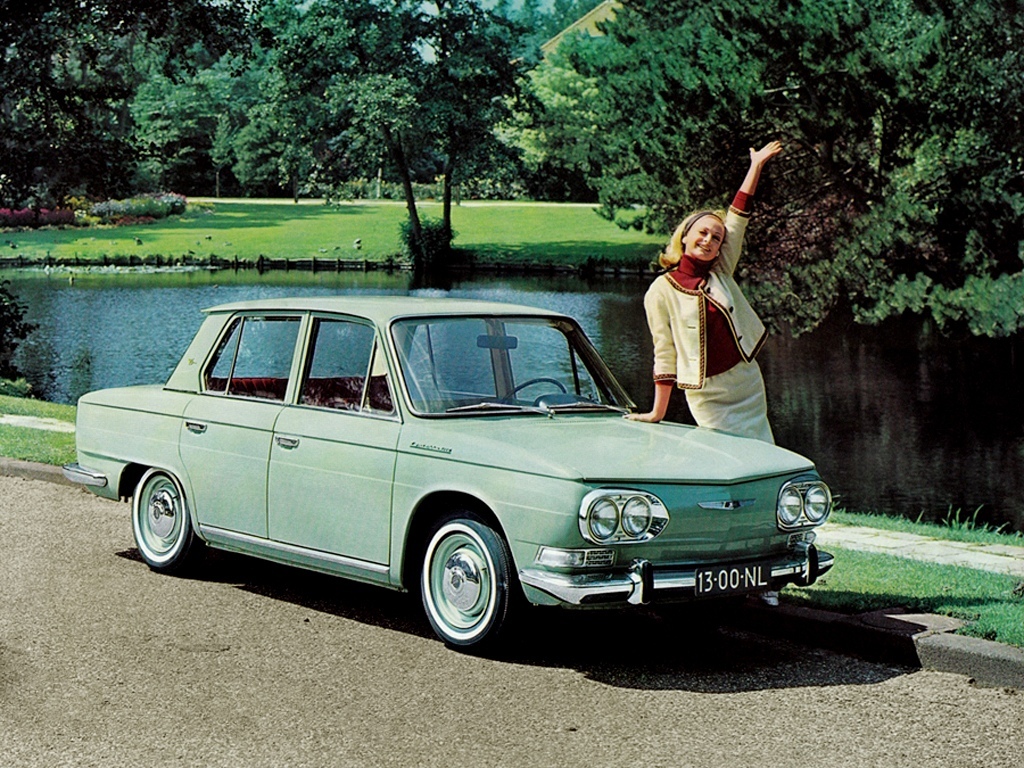
A total of 55,027 units of the PD Contessa were produced, including 3,868 Coupé variants. Production of the Hino Contessa officially ceased in March 1967 after Hino’s strategic alliance with Toyota in late 1966. However, assembly of remaining parts continued slowly until 1968, incorporating more Toyota components. A final batch of 175 units was built in October 1969. As Contessa’s production wound down, Hino’s Hamura factory shifted focus to manufacturing the Toyota Hilux and Publica trucks, eventually transitioning to the Toyota Sprinter.
Related: From the Forgotten Pages of History
As Toyota took over Hino’s operations and resources, it also focused on developing its own compact coupe and sedan, leading to the 1966 launch of the Toyota Corolla. This move marked Toyota’s shift toward producing cars similar in size to the Hino Contessa.
Hino Contessa 1300 in Pakistan:
Various Contessa 1300 ads in local newspapers
In the 1960s, Pakistan saw a growing influx of imported vehicles, especially from Japan, before that the market was largely dominated by European brands. The Hino Contessa 1300 was one of the few early Japanese cars introduced in Pakistan during this period. It was notable for its compact dimensions, elegant design, and economical performance, making it suitable for urban and intercity travel.
Related: Isuzu’s Limited Passenger Car Success And Its Shift Towards Utility Vehicles
While not as widespread as Toyota or Datsun vehicles, the Contessa 1300 appealed to a niche audience in Pakistan. It was particularly favored by those who appreciated its unique design and Japanese reliability. Although rare, the Hino Contessa 1300 is still remembered as a part of Pakistan’s early automotive history. Some enthusiasts may still own well-preserved examples as collector cars.
Rare examples of Hino Contessa 1300 in Pakistan
While the Contessa 1300 PD series had limited production, its place in the history of Japanese automakers cannot be underestimated. Hino, which later focused on commercial vehicles, showed its capabilities in producing high-quality passenger cars with the Contessa.
Related: Remembering Hillman Minx and Imp from the 1960s and 70s
Despite its relatively short lifespan, the Hino Contessa set a significant precedent for future Japanese sedans, showcasing the evolving design trends of the 1960s. It stands as a symbol of Japan’s post-war industrial ambition and the emergence of the country’s automotive industry on the global stage, marking a key moment in Japan’s illustrious automotive history.

A computer animation professional with over 23 years of industry experience having served in leading organizations, TV channels & production facilities in Pakistan. An avid car enthusiast and petrolhead with an affection to deliver quality content to help shape opinions. Formerly written for PakWheels as well as major publications including Dawn. Founder of CarSpiritPK.com

